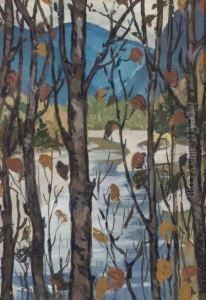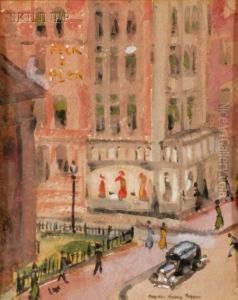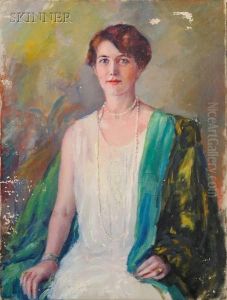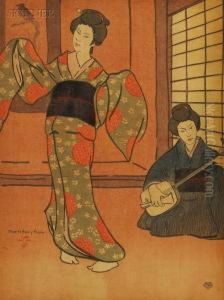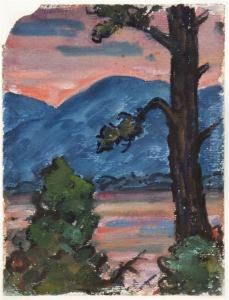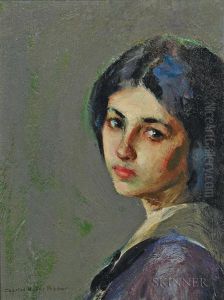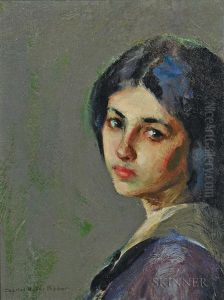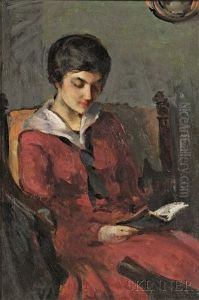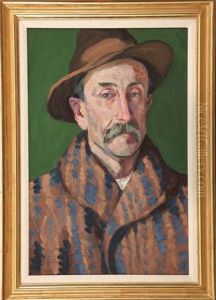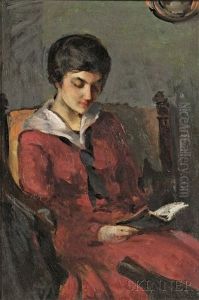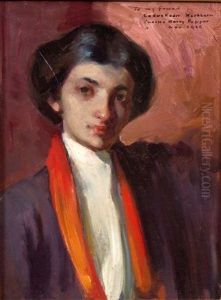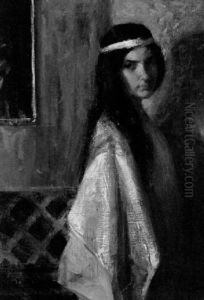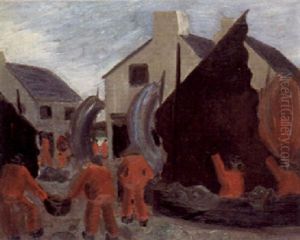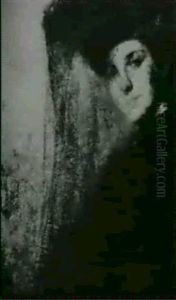Charles Hovey Pepper Paintings
Charles Hovey Pepper was an American painter, etcher, and educator born on October 29, 1864, in Waterville, Maine. He emerged as a significant figure in the American art scene at the turn of the 20th century, known for his distinctive blending of Eastern and Western artistic traditions. Pepper's education in art began at the Massachusetts Normal Art School in Boston, and he further honed his skills at the Académie Julian in Paris, where he studied under Benjamin Constant and Jean-Paul Laurens. His time in Paris was formative, exposing him to the nuances of French Impressionism and post-Impressionism, which would influence his later work.
After his studies in Paris, Pepper traveled extensively in Asia, with extended periods in Japan and India. These travels profoundly impacted his artistic style, leading him to incorporate Asian techniques and aesthetics into his work. His paintings from this period are characterized by a vibrant palette, attention to light and shadow, and a harmonious blend of Eastern and Western artistic sensibilities. Pepper became an advocate for the integration of Eastern art forms into Western practices, contributing to the broader cultural exchange between these regions.
Upon returning to the United States, Pepper settled in New England, where he continued to paint, teach, and exhibit his work. He became a respected member of the Boston art community, participating in exhibitions and serving as a bridge between American art circles and Asian artistic traditions. Throughout his career, Pepper explored various subjects, including landscapes, portraits, and still lifes, displaying a versatility and depth in his approach to painting.
Charles Hovey Pepper's contributions to American art were not limited to his paintings. He was also an influential teacher and mentor to young artists, sharing his knowledge and appreciation for Eastern art. His writings on art and his collection of Asian artifacts further underscored his role as a cultural intermediary. Pepper passed away on March 5, 1950, leaving behind a legacy that continues to be celebrated for its unique blend of Eastern and Western art forms. His work is housed in several prominent collections and museums, serving as a testament to his enduring influence on American art.
